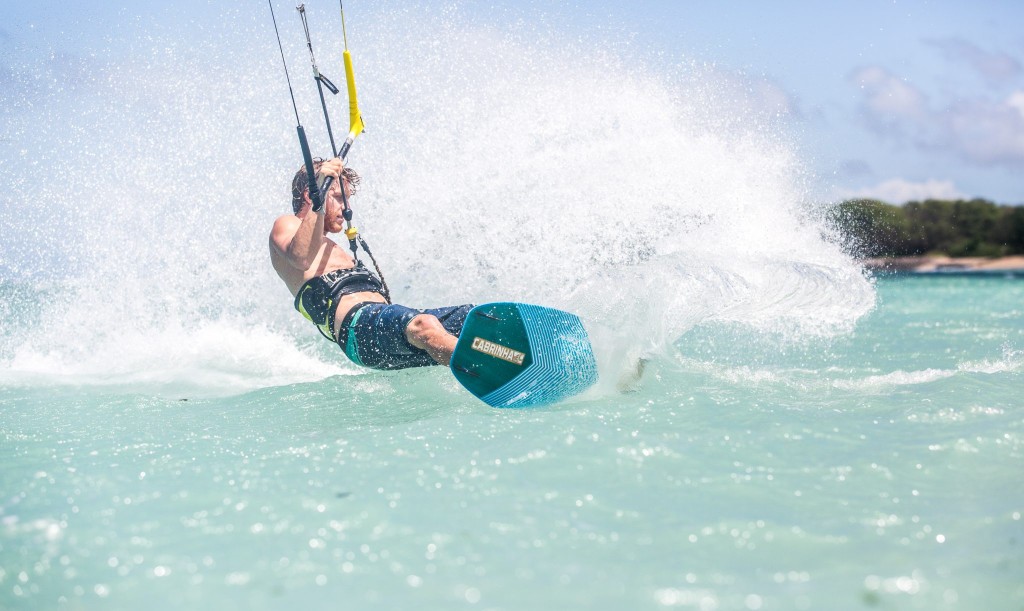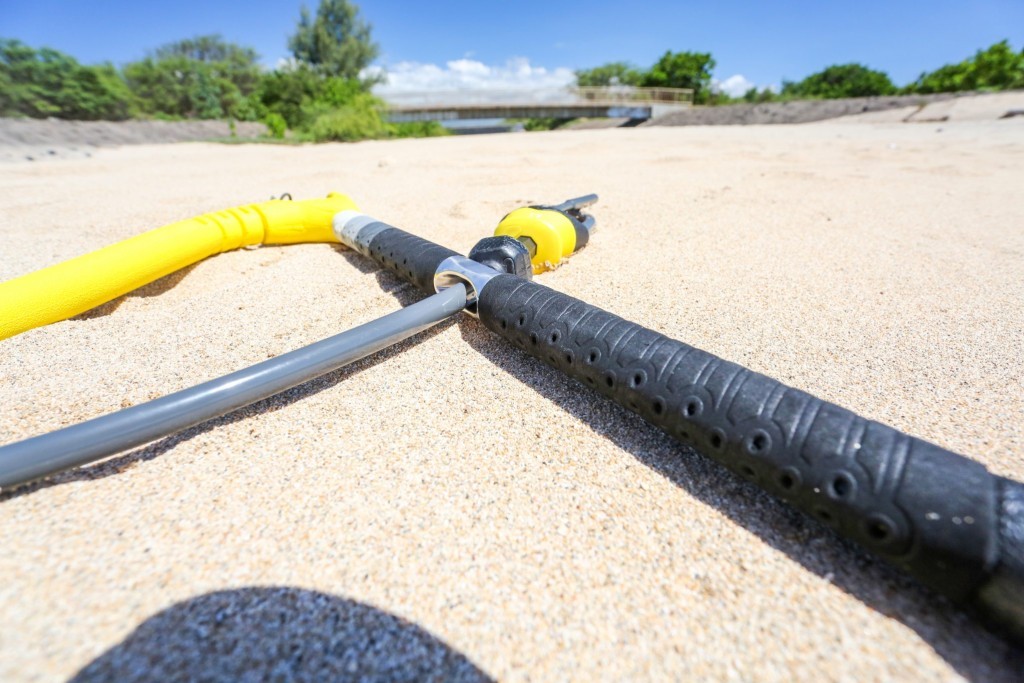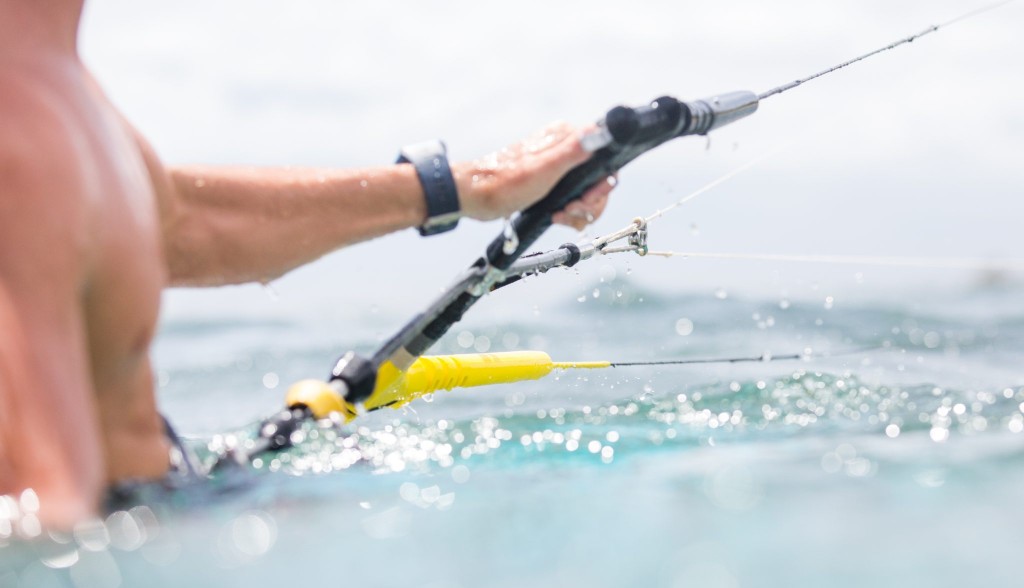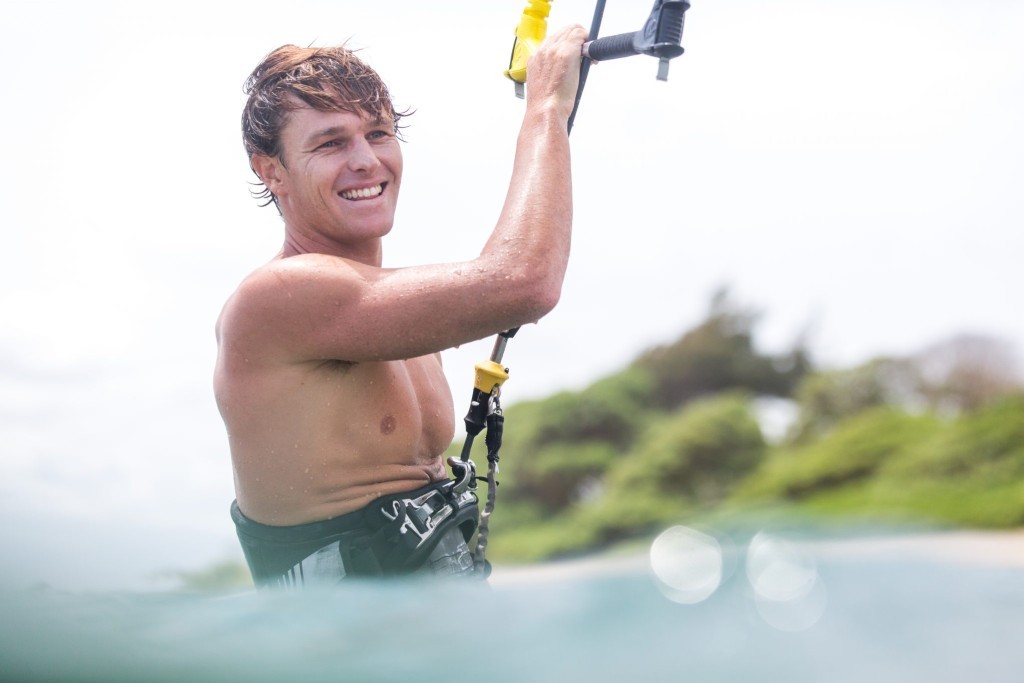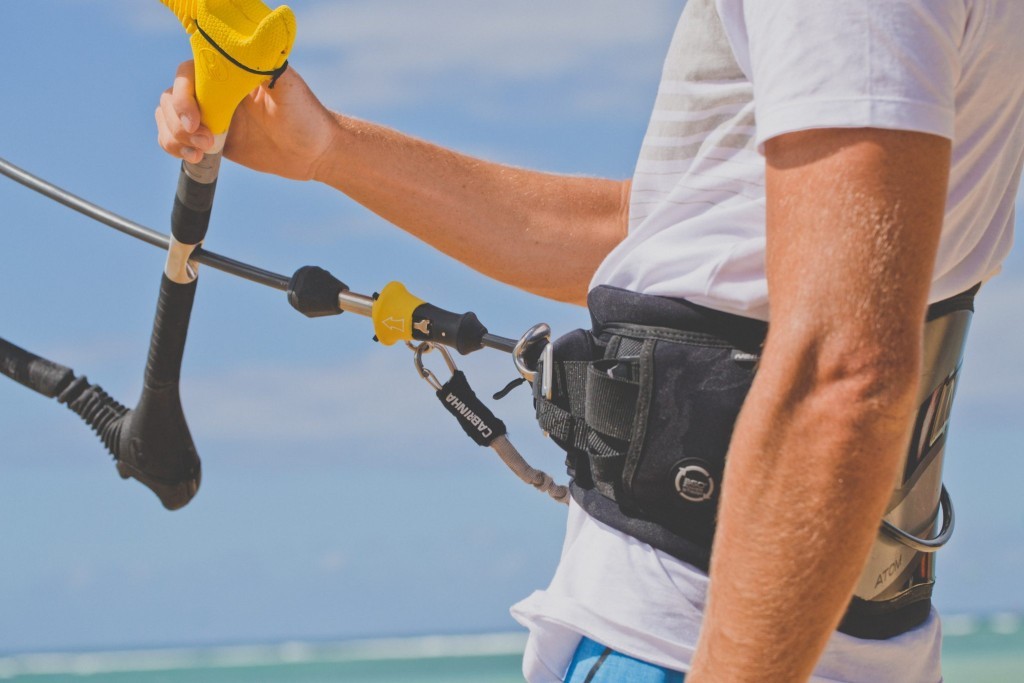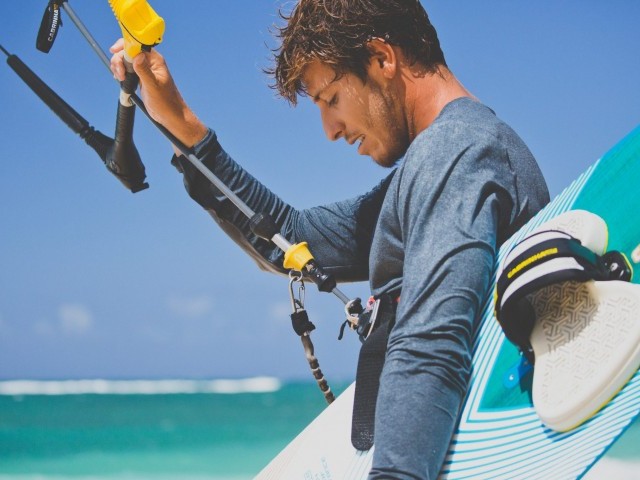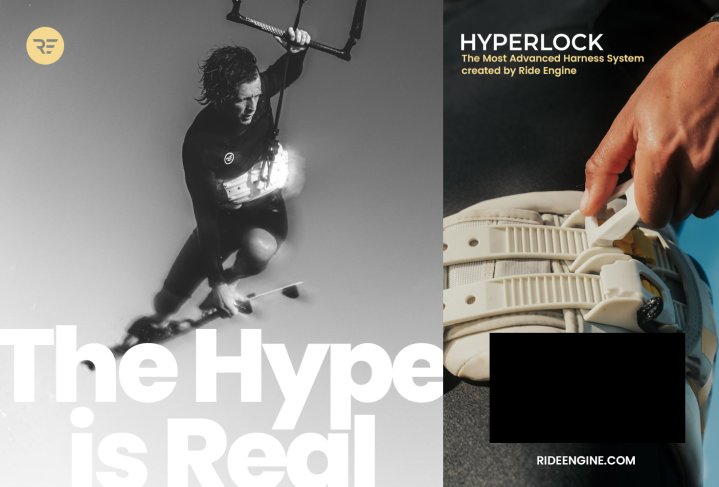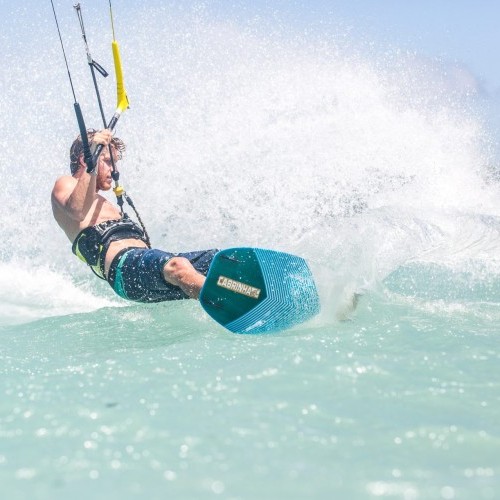
Cabrinha Interview – The Almighty Control Bar – Hugh Pinfold
Features / Sun 17th Jun, 2018 @ 11:20 pm
Industry Insight: Control Bars in Issue 69 of IKSURFMAG looks at the almighty control bar. Possibly the most overlooked and underrated bit of equipment in your quiver, the control bar is the connection between rider and kite. To find out more about this crucial piece of equipment, we reached out to the most knowledgeable designers on the planet, including Hugh Pinfold from Cabrinha. Here’s the full interview!
Above the bar or below the bar? 4-lines, 5-lines, or 6-lines? Why?
All systems have their pros and cons. Personally, I prefer to keep it simple (KISS). I prefer to keep the area around the Quick Release as clean and clear as possible so above the bar trim with 4 lines. Running out just 4 lines does result in a quicker setup time due to fewer tangles. Also if your kite is crashed and flips inside itself or is tumbled in the surf you’re much more likely to be able to relaunch and kite back to the beach safely to sort it out. 6 lines do have their place also like on a C-kite where you can gain more control over the center section.
How do you find a balance between features & simplicity?
Ideally, you offer only the features that matter to function simply and intuitively. In design, it is always easy to keep adding more features. However, the simplest most stripped back designs are always the best– but are often the hardest to get to.
What will be the next big breakthrough in bar technology?
That would be telling ?
Does it matter where the split in the front lines occurs?
You do get different kite turning characteristics between a low and high V bar. Low and high V kites require different bridal designs. You can imagine with a higher front line V the opposite front line will be resisting the turn more, creating more of a pivot style turn rather than a more constant driving powered turn.
When it comes to all the different features and components, is there something on the bar that consumers really fuss about that actually doesn’t make much of a difference? What about something on the bar that riders don’t think about or ask about that makes a huge difference?
I think both a comfortable grip and soft bar ends are a huge plus.
How do you make a kite bar?
There are various methods used nowadays but generally, you need a connection that can be released under any condition, a comfortable control bar with quality flying lines to turn the kite, and a reliable trim system to tune the power of the kite.
Adjustable bar length: here to stay or passing fad?
It depends on the rider. There are riders that love to tune their gear to have the perfect bar length, line length and trim style for each size or style kite. Then, there are the one-bar-does-it-all types that just get out there and ride on usually a shorter bar from 38-45cm (usually unhooked freestylers) or 50-55cm (all round free riders). Any mechanism allowing for adjustment will inevitably add weight and cost. So like everything it’s a tradeoff.
How do you take care of smaller riders when designing your bar?
We keep the distance of our standard Quick Release system down to a length of 23cm from the bottom of the bar (when sheeted in) to where the spreader bar connects for both Quickloop and Fireball. We offer the Recoil trim system, with the trimmers always within reach, for smaller riders.
We’ve come a long way, or long way to go — can you explain briefly what we started with in terms of bar design, and where we’re going next?
Being able to control the angle of attack of kites was a huge breakthrough in the early days, so going from 2 to 4 lines kites. We’ve had above the bar trim, below the bar trim and most recently rear line trim options. All do the job and are down to personal preference on function, weight, cost and complication.
With the expanding disciplines of kiteboarding now we have freeride big air, wakestyle, surf, surf freestyle, freeride foiling, foil racing, power kiting on mountainboards or buggies and snowkiting. We inevitably need to offer various specialist setups. I’m a big fan of all the different connection methods on the market now. We started with fixed loops on spreader bars which still work perfectly well particularly for freeride and freestyle twin tip riding. However, in disciplines where you benefit from increased mobility, we now have the Fireball, fixed loops on sliders and pivoting spreader bars like the Tracker.
I believe we’ll see increased ease of modularity between riding style bar options in the future.
Like everything, you start somewhere, go too far the other way and come back to some sort of equilibrium. Kite bars started simple, have got rather complicated and I would like to see control systems in the future come back to just clean designs featuring core functionality for whichever kite discipline keeps your stoke.
What’s the most challenging part of designing a bar?
For sure the Quick Release. To get AFNOR certification the QR must release with under 10kg’s of load when put under various conditions. These conditions include no sand, dry sand, wet sand, -18 degrees C whilst the system is loaded with light loads (just 15kg), medium loads (from 100-180kg) up to high loads of 2x the maximum specified rider weight (so up to 240kg). The entire system must also be able to withstand 3x maximum rider weight without failure. Most systems also have a way to manually unwind your front lines, attach your kite leash and all this must happen in a small area, whilst being as light, ergonomic and intuitive as possible.
To find out more, visit cabrinhakites.com.
Sun 17th Jun, 2018 @ 11:20 pm
By Lindsay McClure
Lindsay is a pro rider from Hood River in the USA, she works for IKSURFMAG as our Features Editor and is an integral part of the team. Lindsay is really into wakestyle riding and can be found in the Hood River Slider Park during the summer months, she also travels all over the world with the World Class Academy helping younger riders develop through kiteboarding!


